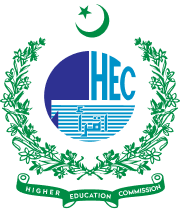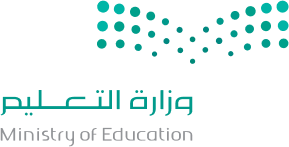Related projects
Discover more projects across a range of sectors and discipline — from AI to cleantech to social innovation.
Phosphorous is the key nutrient limiting fish productivity and algal growth in Ontario lakes: more phosphorous can mean more fish, but it can also mean more algal growth, and potentially even toxic blue-green algal blooms. Multiple stressors like climate change, human land-use practices, and shoreline development, all affect lake phosphorous levels beyond natural geo-climatic factors. Thus, lake water quality is carefully monitored by government and volunteer-based water-quality monitoring programs such as the Lake Partner Program (LPP). Data collected through the LPP are currently provided to partner organizations (e.g., FOCA) in tabular form or via maps of point-based lake samples, but FOCA and MOECC do not currently have a way to visualize these data in context (e.g., by providing monthly maps of expected lake phosphorous levels across Southern Ontario to their members); nor do they have a method to characterize monitored lake catchments for land-based attributes and multiple stressors. The intern will undertake research to visualize phosphorous, calcium and water clarity data with continuous maps. S/he will also characterize local and upstream lake catchment characteristics using publicly available geo-spatial data (land-use, geology, climate, human impacts, etc.).
Stephanie Melles
Shoikot Iftekharul Alam
Federation of Ontario Cottagers’ Associations
Biology
Sports and recreation
Ryerson University
Accelerate
Discover more projects across a range of sectors and discipline — from AI to cleantech to social innovation.
Find the perfect opportunity to put your academic skills and knowledge into practice!
Find ProjectsThe strong support from governments across Canada, international partners, universities, colleges, companies, and community organizations has enabled Mitacs to focus on the core idea that talent and partnerships power innovation — and innovation creates a better future.
























































































































































































































































































































